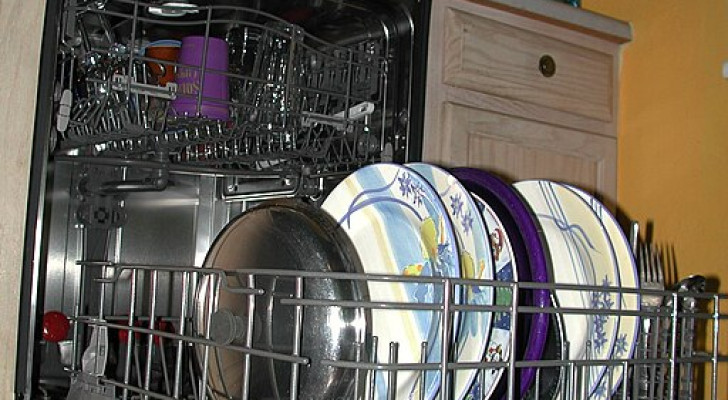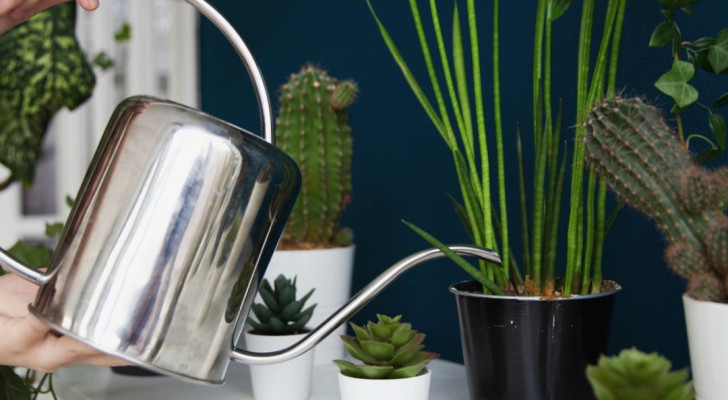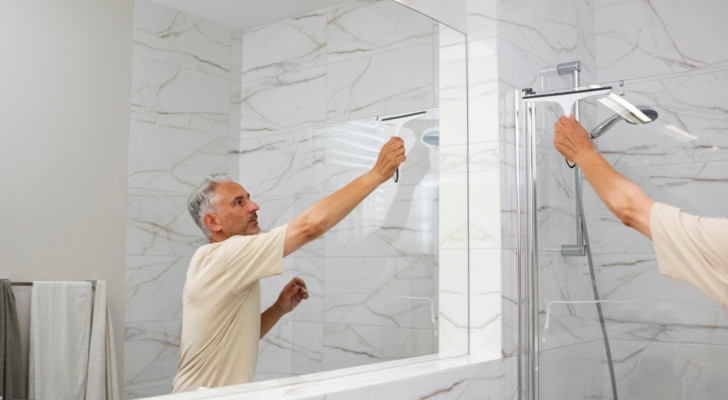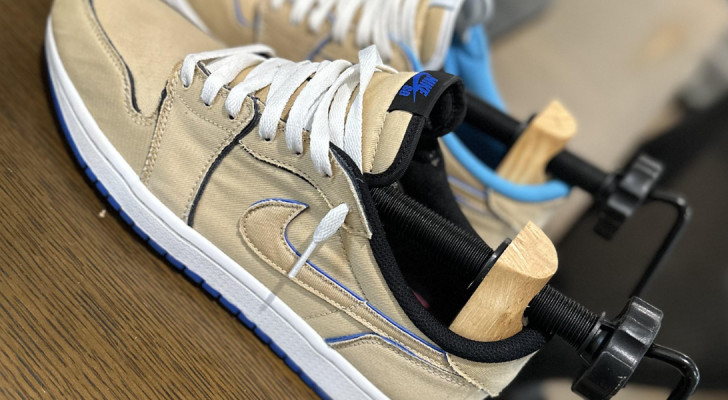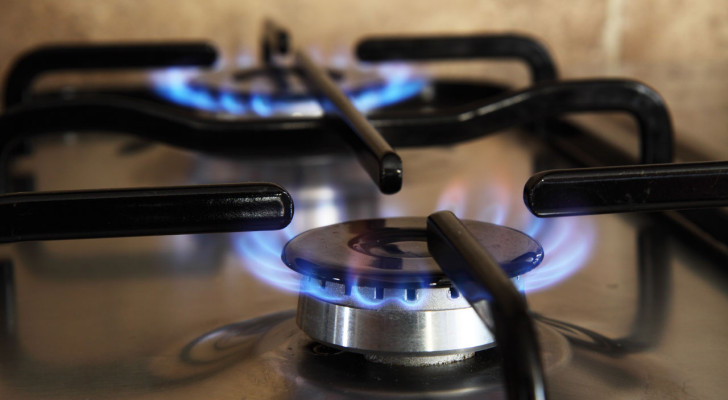Are the leaves of your olive trees turning yellow? Here are some of the possible causes and effective remedies
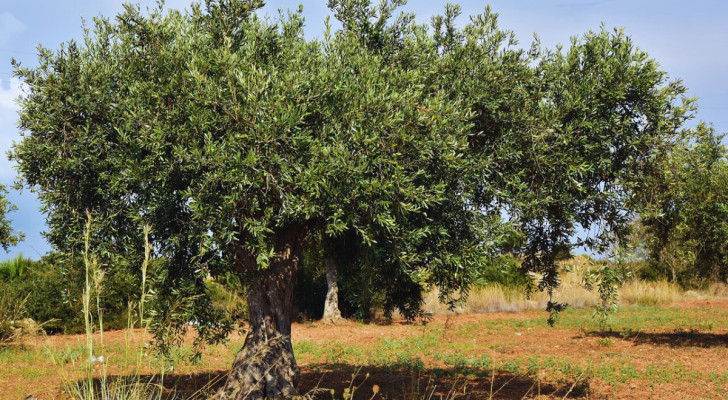
Needpix
A plant that can thrive even the hottest and driest of climates, the olive tree is grown extensively world-wide for the production of olives an olive oil. Easily grown in pots, olive trees are equally "at home" growing in open terrain. But, like all plants, olive trees can have their problems.
Their leaves, in particular, can undergo "yellowing" that can be hard to diagnose (and is sometimes called chlorosis). Below, however, we outline the possible causes and remedies for this problem:
Physiological yellowing
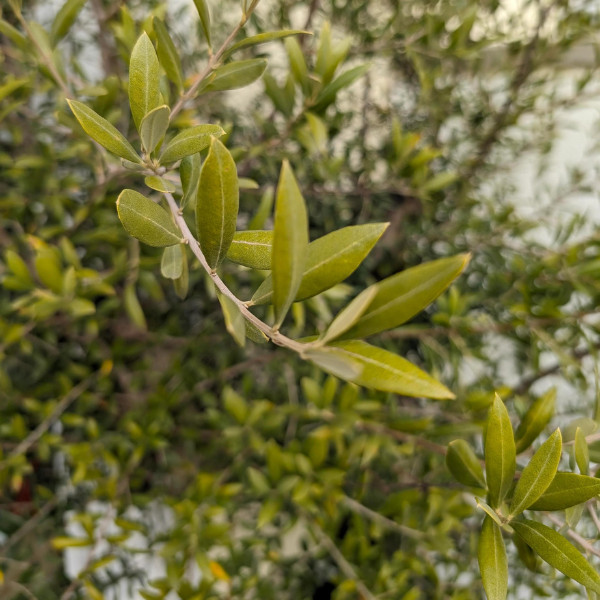
Olive trees naturally experience progressive yellowing and loss of leaves approximately every 2 years (although some leaves can last up to 3 years). Yellowing of leaves in May, June and July may, therefore, be due to the natural physiological activity of the plant, which is preparing to change its leaves by producing new shoots. The dying leaves will be completely yellow a few days and before they fall from the tree.
In this case, no intervention is necessary, as it is a normal physiological event for your tree (which will soon be green and lush again).
Cultivation issues leading to yellowing
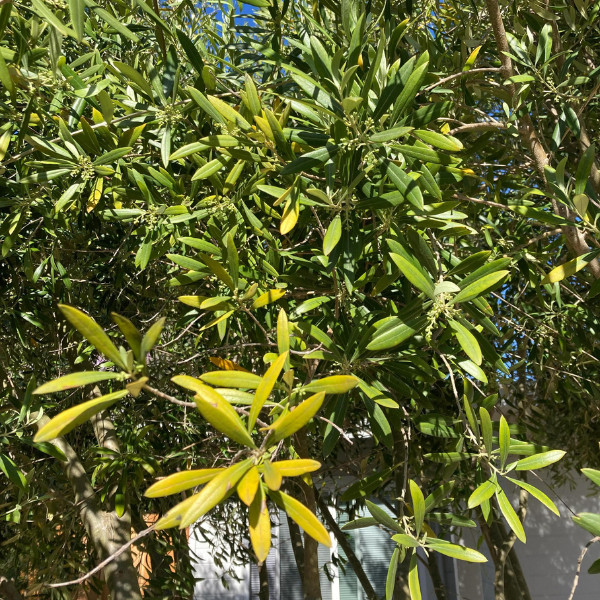
Sometimes, the yellowing of the leaves can be due to cultivation issues such as a lack or excess of water and nutrients, incorrect exposure to the sun or to climate and environmental changes, detailed below:
- Transplanting: if the yellowing occurs immediately after purchasing and transplanting the tree at home, then the cause is probably the "stress" the tree is undergoing due to the change in its environment. Olive trees raised in greenhouses (ie. in optimal conditions) are particularly prone to stress when relocated. Make sure to provide your new olive tree with the climatic conditions which are as close as possible to the ideal it enjoyed whilst it was being raised in the greenhouse;
- Watering: over-watering is the most common cause of yellowing of olive tree leaves. Olive trees have evolved to live in arid, drought-prone environments, so over-watering them will cause root rot (which will inevitably weaken the entire tree). Over-watering is typically signalled when the leaves turn yellow in a mosaic-like pattern. To solve this problem, ensure that the pot (if your tree is in a pot) drains properly and possibly cut back on how much and how frequently you water your tree;
- Nutrients: nutritional deficiencies can also be signalled by the discoloration of leaves. A nitrogen deficiency, for example, causes poor growth and yellowing; an iron deficiency will cause chlorosis (ie. failure to produce chlorophyll); a magnesium deficiency affects the older leaves first, while a manganese deficiency affects the younger leaves first. The use of a good fertilizer can easily solve these potential problems;
- Sunlight: olive trees need a lot of sunlight, so putting them in the right spot is also essential for their well-being. Avoid placing your olive tree in an very shaded are to ensure it can photosynthesize optimally.
The main parasitic causes of yellowing
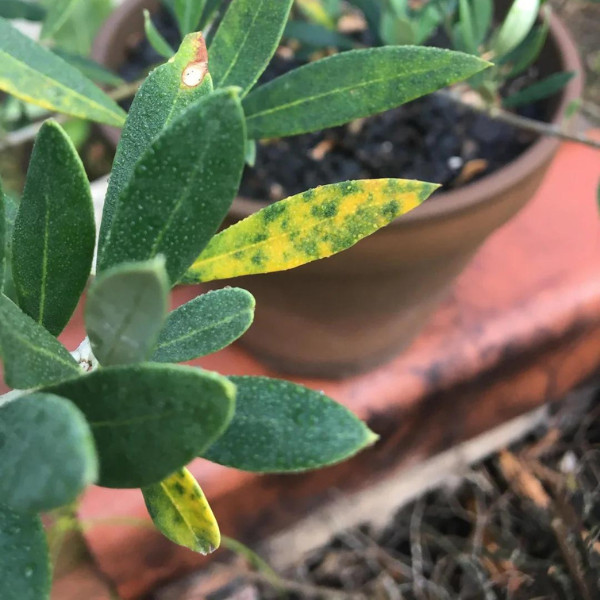
Various parasites can cause the yellowing of olive tree leaves, and are quite easily recognisable:
- Cercosporiosis: this is caused by the fungus Mycocentrospora cladosporioides, and mainly affects the more mature leaves at the lower areas of the tree (but can also affect leaves which are only 4/5 months old). It manifests itself with an initial bout of chlorosis and the consequent yellowing of the upper surfaces of the leaves. As this happens, the lower surfaces of the leaves turn grayish in color (sometimes referred to as "olive tree lead");
- Peacock spots: this common ailment is caused by the fungus Spilocaea oleaginea, and manifests as circular, brown spots surrounded by yellowish halos on the leaves. This malady occurs in high humidity conditions, so it is important not to over-water your olive trees. Limit your watering to around the base of the tree and don't wet the leaves;
- Root rot and/or stem rot: this is another disease caused by fungi and presents itself with the progressive decay of the entire tree. This ailment can be prevented by avoiding the soil around the tree becoming water-logged.
Have you recognized the cause of the yellowing of the leaves of your olive trees?
